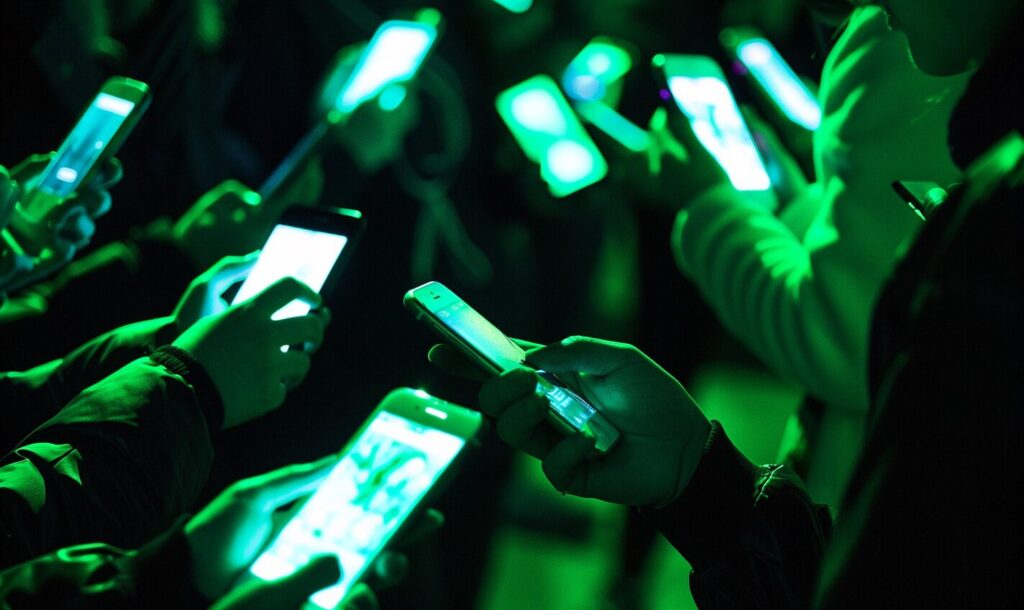The average person’s day is packed full of tasks to complete and distractions. It’s tempting to multitask in an effort to get everything done. However, multitasking effects on productivity is detrimental. Switching from one task to the other reduces productivity by as much as 40 percent.
Multitasking effects on productivity result in both loss of time and loss of quality. The brain simply can’t effectively switch that quickly between tasks. In fact, when you try to focus on two different tasks, one of the multitasking effects on productivity is that your brain splits half and half between the two tasks, causing you to forget details of both projects.
Today’s high-paced workplace almost requires the ability to shift between tasks, though. Instead of multitasking, here are some other tools you can use that will allow you to get through a busy day as efficiently as possible:
1. Create To-Do Lists
Take a minute at the end of each day or the beginning of the next day to write down the actual tasks that must be completed. Don’t be afraid to break big projects into smaller tasks that are easier to accomplish. For example, if a new client needs a large project completed, break that project into shorter elements that need to be done, such as:
- Writing up the proposal
- Ordering project materials
- Creating a model
2. Prioritize Tasks
Prioritizing tasks allows you to get more work done and to work more efficiently. Once you understand how important it is to focus on one thing at a time, you realize that you need to work on one item, then the next, then the next.
However, sometimes a project lands on your desk that has to be completed this instant and you are required to refocus. In these cases, prioritizing what needs to be completed is helpful because it allows you to hone in and prioritize things that need to be done. For example:
- Priority 1 – tasks that need to be completed immediately
- Priority 2 – tasks that should be completed today if Priority 1 tasks are completed
- Priority 3 – tasks that should be completed if all Priority 1 and 2 tasks are completed, but tasks that can also wait for another day without jeopardizing the project
3. Batch Similar Tasks Together
One way the human brain works is to lump similar tasks together. By batching similar tasks together on your to-do list, you can shift from one item to the next more easily and work much more efficiently. For example, if you’re a website designer and you have three big projects to work on, you might batch typography work for all three sites on one day, so you are doing typography work and your brain doesn’t have to shift focus. That means you can:
- Batch similar items into a single block of time.
- Look ahead at what projects are due and see what items are similar.
4. Block out Chunks of Time
The brain can only focus on a task for so long, so block out a chunk of time to focus on a particular element of a project. This can work particularly well in multitasking teams because it creates focus on that element:
- Ask employees to refrain from checking email during time blocks. Studies indicate that workers spend about 23 percent of their work day reading and sending email. Cutting email from certain blocks of time can increase productivity.
- Take frequent breaks to allow the mind to refocus on the task at hand.
5. Mix the Right Activities
If there is no other way around multitasking, try to at least group simple and more complex elements together, so your focus isn’t as split. For example, most people can eat and walk at the same time because these are simple, almost instinctive tasks. So, you might group tasks that require a lot of cognitive focus with a physical task that does not require as much focus, such as:
- Calling your client back while you grab your morning coffee.
- Brainstorming ideas for the project while going on a morning walk.
Multitasking Isn’t Efficient
It’s important to break the habit of multitasking if you want to work more efficiently and with better focus. Find tools that help you focus, such as to-do lists, and break habits such as listening to music with lyrics while you write.
Shut down screens on your computer that might distract you, such as email or social media. Hone in on the task at hand, and you’ll be surprised at how much more you get done in a day.
Recent Stories
Follow Us On
Get the latest tech stories and news in seconds!
Sign up for our newsletter below to receive updates about technology trends














